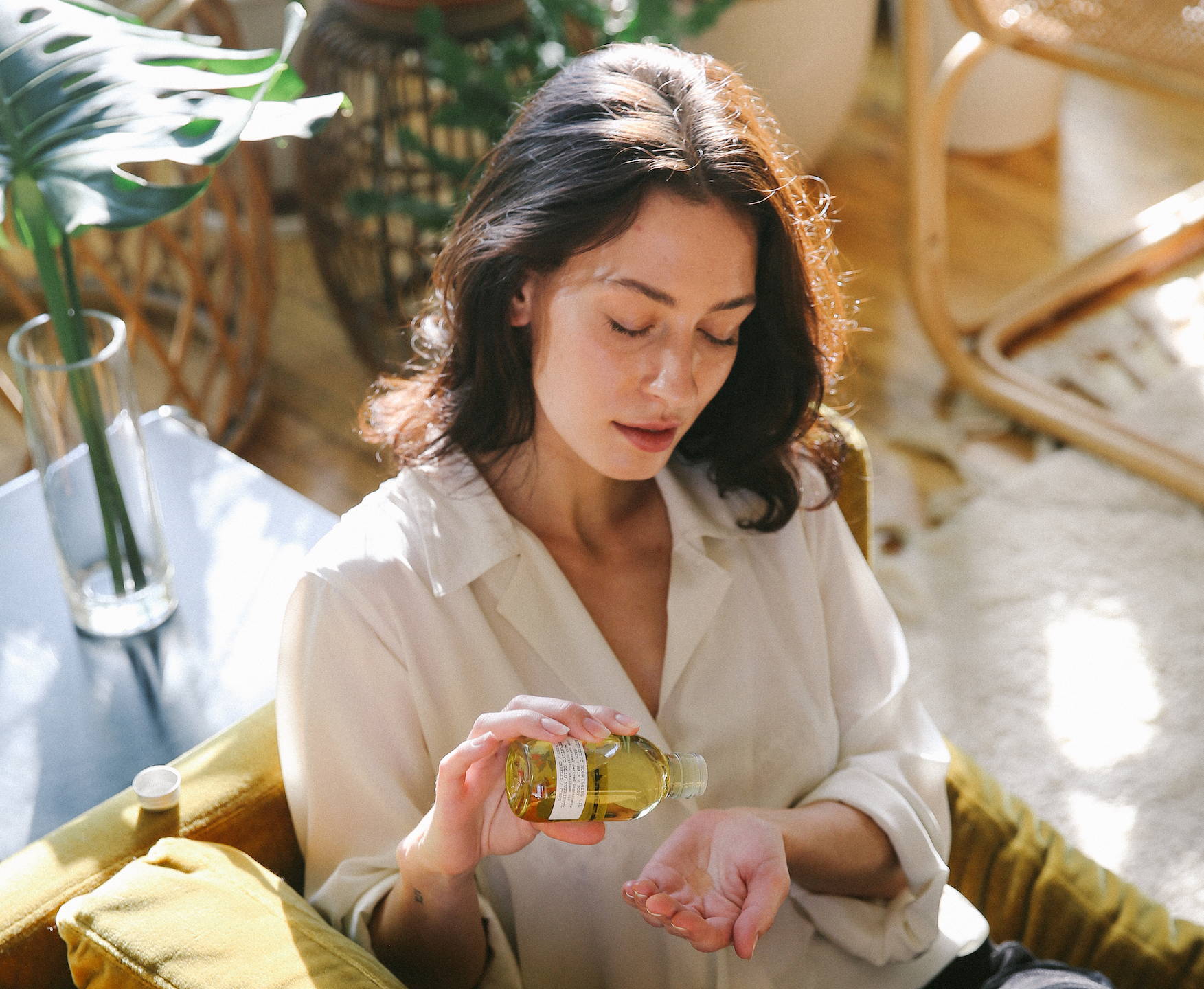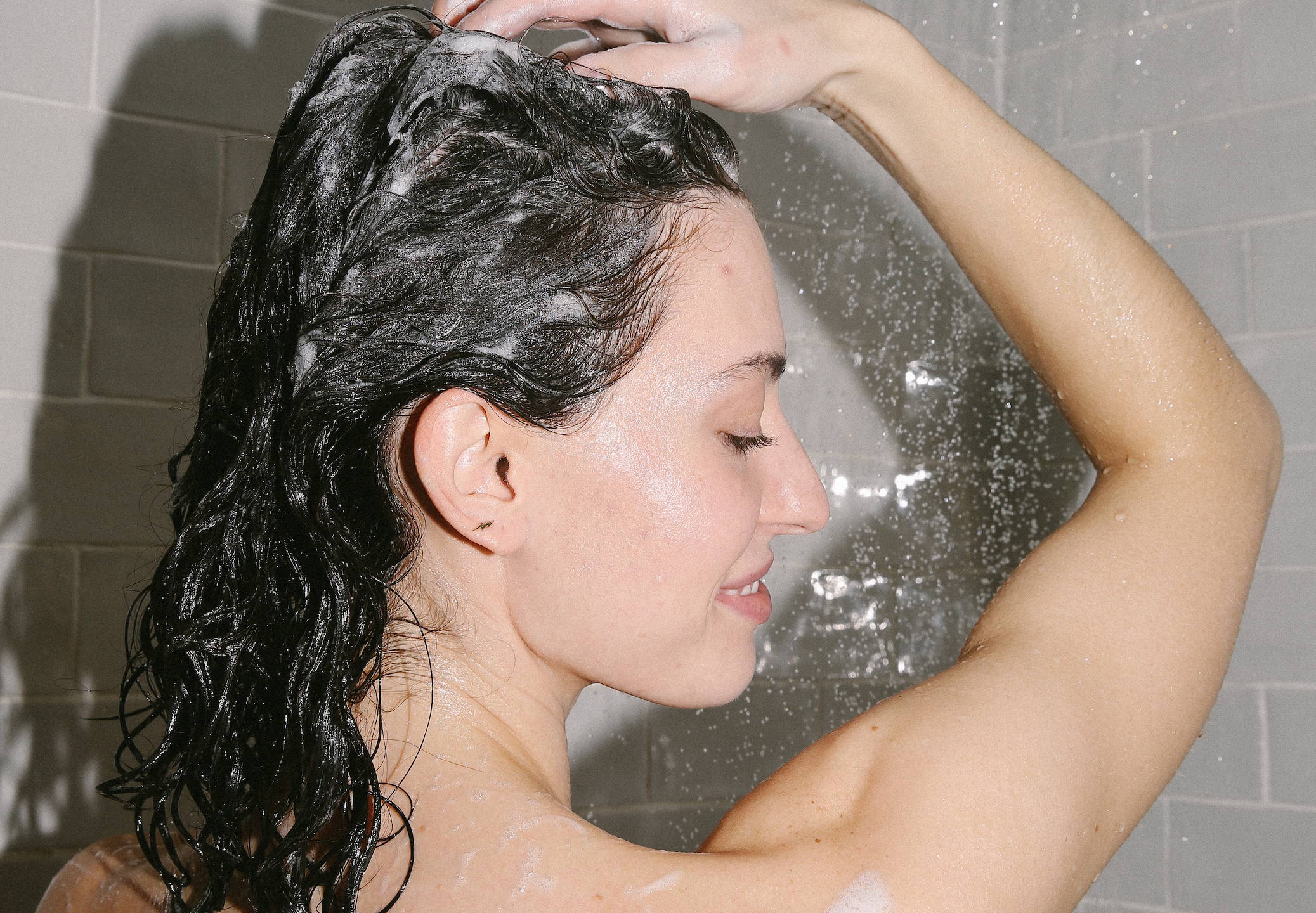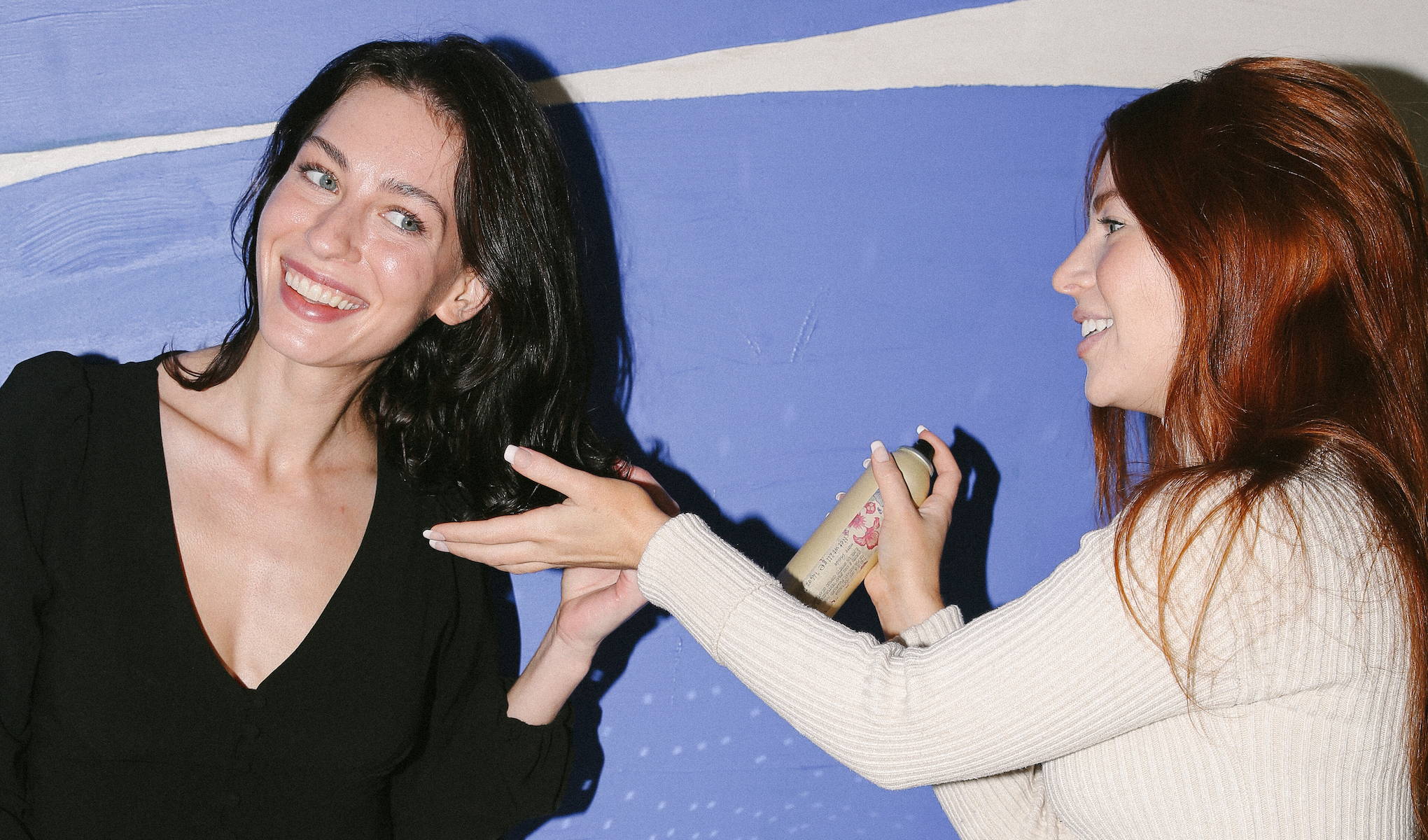Much like your skin or nails, your hair is a reflection of your overall health and well-being. Healthy hair means that your body is producing enough nutrients to ensure it’s operating at its peak condition. To truly assess whether your hair is healthy, it's crucial to understand its composition and the factors that contribute to its condition. Hair is composed of a protein called keratin, which forms the hair shaft. The hair shaft is made up of multiple layers, with the outermost layer called the cuticle. A normal cuticle is smooth in appearance and allows for the reflection of light. Meanwhile, the inner cortex layer is made up of closely packed cells filled with keratin. Permanent changes occur in the cortex when hair is exposed to heat and chemicals (like bleaching or relaxing). These permanent changes often result in dryness, frizz, damage and breakage. All of which lead to unhealthy hair.















Leave a comment
Comments will be approved before showing up.